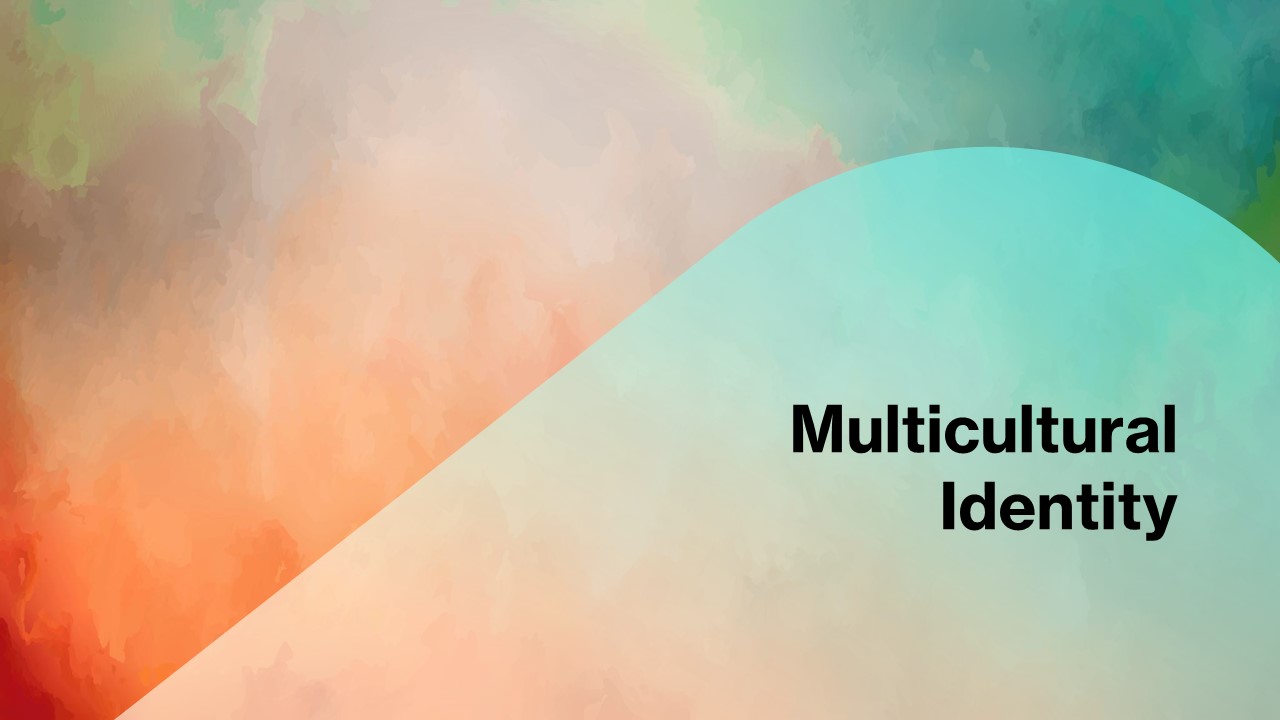In daily life, people frequently need to answer questions about their race, ethnicity, nationality, social class, gender, and age. To those who ask, it looks like a simple question. However, it is less simple for people to answer. Many people have a multicultural identity.
Contemporary understandings of personal, social, and cultural identity appear more complex now than before. In some countries, regions, and neighborhoods, social mixing and cross-cultural relationships happen more often than in other places.
Some modern urban communities have various ethnic and national cultural groups that regularly and routinely contact each other. Some metropolitan residential areas are quite multicultural. Cultural mixing occurs in the same way in communities living near national borders—the cultural borderland. The rate of intercultural relationships in such regions can be high. Men and women of different ethnicities, nationalities, and races marry and have children.
The Challenges of Multicultural Identity for Intercultural Children
For children of such intercultural marriages, it may be challenging to identify themselves with one or another cultural group, such as ethnicity, race, or nationality. Who are they? Similar challenges are experienced by immigrants attempting to integrate into their new culture.
For these children, it may be challenging to identify themselves with one or another cultural identity because they have a mixed identity of two cultures. They have a bicultural identity, which is a kind of multicultural identity.
Bicultural Identity
Bicultural identity is the cultural identity of a person in which she or he combines the cultural features of two different cultures. These can be a mixture of French and German or Mexican and European-American.
For example, the bicultural identity of an immigrant can include the attributes of both ethnic identities acquired from the culture of their origin and the culture where they live now. The same bicultural identity can be experienced by the children of intercultural marriages.
Bicultural Identity Integration
When the personal cultural identities of two different cultures are incorporated, these two parts of bicultural identity can be separated from each other or incorporated into one. Cultural boundaries within a bicultural person can be distinct or blurred.
Here are some examples of how multicultural people who currently live in pluralistic U.S. society yet still have close connections with Korea experience their cultural identity.
Examples of Bicultural Identity Integration
First example:
Jean Kohl, a 9-year-old daughter of a German father and a Korean mother, was born and raised in the United States. Her parents, fluent speakers of German and Korean respectively, adopted English as the primary language at home. “I am an American,” proclaimed she, but she often ended her proclamation with an addendum that she was also German and Korean. For several summers she traveled to visit her maternal or paternal grandparents in Korea or Germany, during which she was exposed to her parents native cultures and languages. The German, Korean and U. S. heritage blended in her cultural repertoire. For Jean, where does the “American” cultural border end and other cultural borders begin?
(Chang, 1999)
Second example:
Carrie Baumstein, a 20-year-old woman, was born in Korea and adopted by a Messianic Jewish-American couple when she was 2 years old. She has lived in the States ever since. She was not exposed to much Korean culture and language when she was growing up, but was instead surrounded by her parents Jewish tradition. Despite her primary identity with the Jewish culture, she was often reminded by her relatives and neighbors of her Korean or Asian linkage. She was in an identity search for Asianness when she was attending a small Christian college on the East Coast. For Carrie, where do the cultural borders lie between the Korean and the American and between the Messianic Jew and the Christian?
(Chang, 1999)
Third example:
Peter Lee, a 15-year-old, was born in the States to immigrant parents from Korea. His parents own and operate a dry cleaning shop in a suburb of Philadelphia. Their English is functional for the business but they prefer speaking Korean on all other occasions. Peters family attends a Korean church regularly, which usually serves as a cultural community as much as a religious one. Peters Korean is so limited that he usually speaks English, although his parents speak Korean to him. He is definitely an American in his mind and heart, perhaps a Korean-American occasionally. But his preference of Korean-American peers to others is a curious phenomenon. Where lies the cultural border that divides the Korean and the “American” for Peter?
(Chang, 1999)
Fourth example:
Elaine Sook-Ja Cho, 50 years old, immigrated to the States 30 years ago to marry a Korean bachelor 10 years her senior. Her husband came to the States as a student and found employment upon completion of his study. Elaine was a housewife for 20 years before undertaking a small grocery business. She speaks “Konglish” (a mixture of Korean sentence structure and English words) but she seems to be at ease speaking English. She is Korean in her heart but “Americanized” in her own words and by her life style. For Sook-Ja how far does the Korean cultural border stretch to meet the “American” culture?
(Chang, 1999)
What Does It Mean to Have a Multicultural Identity?
Thus, these men and women experience their multicultural identities in various ways. They cross cultural borders daily. They turn out to be culturally Korean in the morning, German during lunch, “American” in the afternoon, and Korean once again in the evening. Amazing transformations within their cultural identities.
